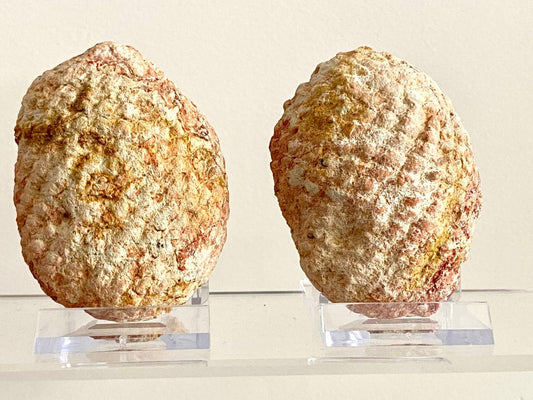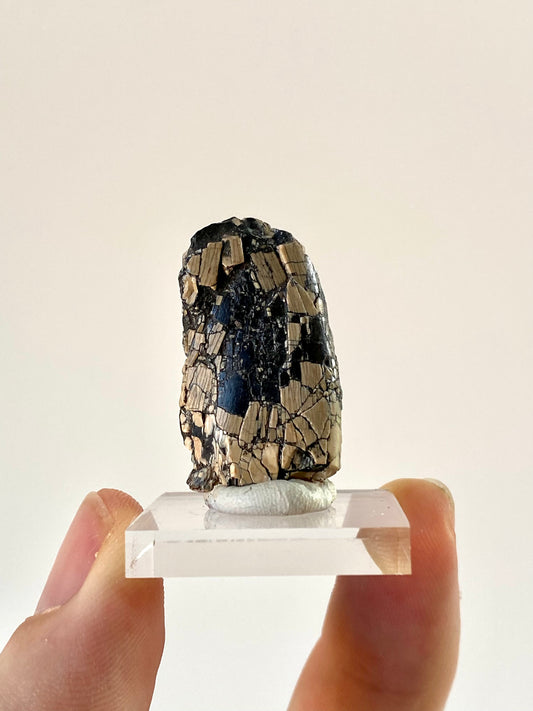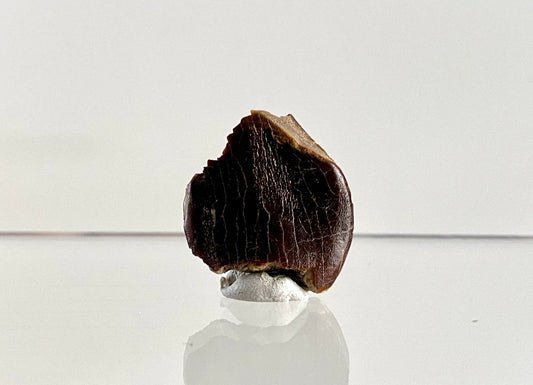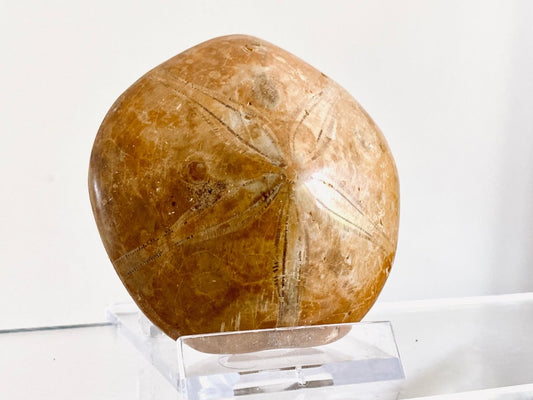Jurassic Period; Earth's Golden Age
Exploring the Wonders of the Jurassic Period: A Journey Through Earth's Mesozoic Era
The Jurassic Period, spanning from approximately 201 to 145 million years ago, is often heralded as a golden age in Earth's history, characterized by iconic dinosaurs, lush landscapes, and profound geological transformations. As the second period of the Mesozoic Era, the Jurassic witnessed the continued diversification of life following the Permian-Triassic extinction event and set the stage for the emergence of modern ecosystems. Let's embark on a journey through the wonders of the Jurassic Period
The Age of Dinosaurs
The Jurassic is synonymous with dinosaurs, which reached their peak diversity and dominance during this period. Giant sauropods such as Brachiosaurus and Diplodocus roamed the land, towering above the landscape with their long necks and colossal bodies. Stegosaurus, with its distinctive plates and spiked tail, and Allosaurus, a formidable carnivore, were among the other iconic dinosaurs that thrived during the Jurassic.
Evolutionary Innovations
The Jurassic was a time of remarkable evolutionary innovation, with dinosaurs adapting to diverse ecological niches and evolving unique features. The appearance of early birds such as Archaeopteryx, with its feathered wings and reptilian features, marked a significant milestone in the evolution of flight. Meanwhile, marine reptiles such as ichthyosaurs, plesiosaurs, and mosasaurs ruled the oceans, showcasing the diversity of Mesozoic marine life.
Flourishing Ecosystems
The Jurassic was characterized by diverse terrestrial and marine ecosystems, shaped by a relatively warm and humid climate. Lush forests of conifers, cycads, and ferns covered the land, providing habitats for a wide variety of plant-eating and carnivorous dinosaurs. In the oceans, coral reefs thrived, while marine reptiles and ammonites inhabited coastal waters and shallow seas.
Geological Transformations
The Jurassic witnessed significant geological and tectonic activity, including the breakup of the supercontinent Pangaea and the formation of new landmasses and ocean basins. The opening of the Atlantic Ocean and the separation of continents reshaped global climates and ocean circulation patterns, influencing the distribution of habitats and driving evolutionary processes.
Legacy and Impact
The legacy of the Jurassic Period endures in the fossil record and the evolutionary history of life on Earth. Many of the iconic dinosaurs and other Mesozoic creatures that thrived during this time have left behind abundant fossil evidence, providing invaluable insights into their biology, behavior, and ecology. By studying Jurassic fossils and the geological processes that shaped their world, scientists gain a deeper understanding of Earth's ancient past and the forces that have shaped life on our planet for millions of years.
The Jurassic Period stands as a testament to the majesty and diversity of life during Earth's Mesozoic Era. From towering sauropods to fearsome carnivores and graceful marine reptiles, the Jurassic world teemed with an array of fascinating creatures that continue to captivate our imagination today. By exploring the wonders of the Jurassic, we gain a deeper appreciation for the complexity and resilience of life on our planet and the enduring legacy of Earth's ancient past.
Check out our fossils dating back to the Jurassic period
Jurassic Fossils for Sale – Relics from 200 Million Years Ago
-
Afrovenator abakensis fossil dinosaur tooth fragment (1.61") - Jurassic, Niger
Regular price €145,00 EURRegular priceUnit price / per -
Fossil Araucaria mirabilis Pine Cone, Jurassic Period, Patagonia (2.95")
Regular price €400,00 EURRegular priceUnit price / per -
Pygurus Marmonti, 150 million years old fossil sea urchin, from Madagascar (2.91")
Regular price €14,95 EURRegular priceUnit price / per -
Afrovenator abakensis fossil dinosaur tooth fragment (0.72") - Jurassic, Niger
Regular price €70,00 EURRegular priceUnit price / per -
Afrovenator abakensis fossil dinosaur tooth (1.25") - Jurassic, Niger
Regular price €110,00 EURRegular priceUnit price / per -
Jobaria Tiguidensis Fossil Tooth (0.99") – Sauropod Dinosaur, Jurassic, Niger
Regular price €35,00 EURRegular priceUnit price / per -
Pygurus Marmonti, 150 million years old fossil sea urchin, from Madagascar (2.51")
Regular price €14,95 EURRegular priceUnit price / per














